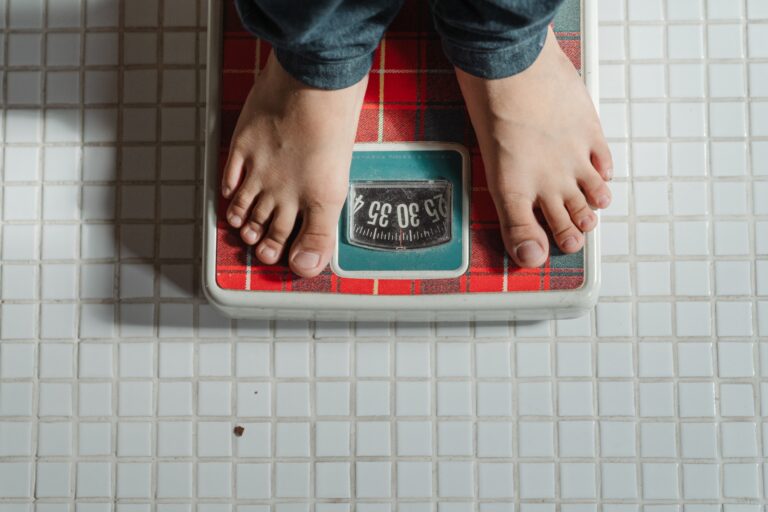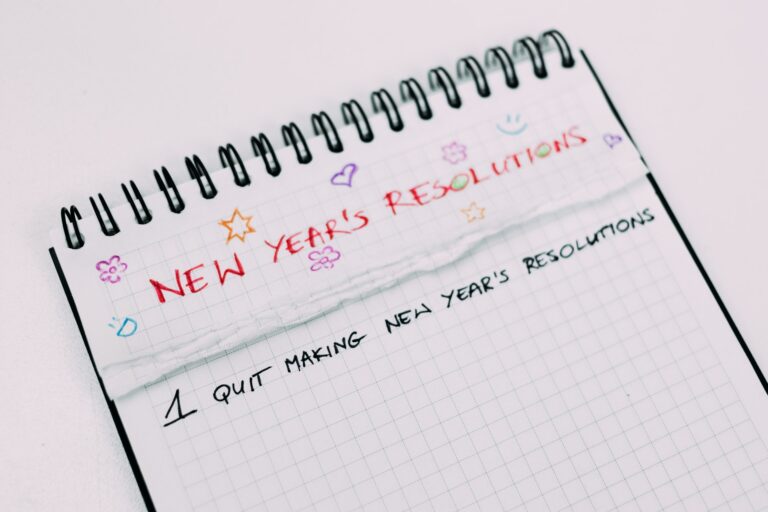When we don’t sleep in tune with the natural rhythms of seasonal light exposure and when we don’t properly prepare our body for rest, we risk altering the hormones and chemistry that helps to regulate everything from digestion to fertility.
One way to stack the deck in favour of the highest quality sleep experience is to craft the perfect restoration routine.
Ritualize Your Routine
A routine is a series of actions done repeatedly.
Not all routines are helpful, or move you towards a predetermined goal, they’re simply routines due to repetition.
You’ll see routines, even rituals, a more intentional form of routine, among many high achievers across a variety of professions.
What makes routines so impactful is the ability to automate them and require little to no willpower.
This makes consistency easier and as such, the opportunity for a maximum return even more likely.
Here’s a simple process to get started:
STEP ONE: Create a plan
STEP TWO: Cue the plan
STEP THREE: Follow the routine
STEP FOUR: Get the reward
The following is a sample Restoration Routine:
Use the template to create your own.
1. Body Preparation
Your “cue” in the routine is the first thing done at every sleep cycle to initiate the remainder of the steps.
Once you’ve pulled the trigger and seen the routine through a few times, the steps will start to feel automated and easy.
- Hydration – Drink salted water with lime
- Exfoliation – Dry brush
- Opens pores – Hot shower
- Detoxification – Sauna
- Circulation – Cold shower
- Moisturization – Coconut oil
2. Nutrient Needs
Bone Broth
The amino acid glycine, found in broth, helps promote sleep, aids digestive recovery and reduces inflammation.
Magnesium
Involved in hundreds of body process, magnesium can help to regulate melatonin, a hormone that guides our sleep – wake cycles.
Vitamin C
Many are aware of the immune system effects of adequate Vitamin C levels but studies show that individuals with a greater concentrations of Vitamin C have better sleep than those with reduced amounts.
Sea Salt
While most often vilified, salt can having a calming effect on the nervous system.
Salt restriction has many harmful effects with insomnia being one of them.
Sleep Hygiene
Cold Room
Reducing the ambient temperature, you’ll reinforce your body’s natural instinct to sleep.
Temperatures between 60-68 degrees stimulate melatonin production and encourage initiation of the sleep cycle.
No Light
Light plays a significant role in the body’s circadian rhythm via biological signaling of the need for sleep or to wake.
Sleep masks help to remedy this by creating a pitch-black environment, including blocking out blue light from the devices inside your bedroom.
Maximize Breathing
Mouth breathing has been linked to high blood pressure, sleep apnea, and even cognitive dysfunction.
When you breathe through your nose, you’ll wake up more rested, without a sore throat and dry mouth.
Try mouth taping as way to encourage nasal breathing.
Building your own “perfect restoration routine” can start off simple and grow.
The key to success is having one.
As with any intentional routine, getting started small is better than not starting at all.
What’s your restoration routine? What steps do you include?







